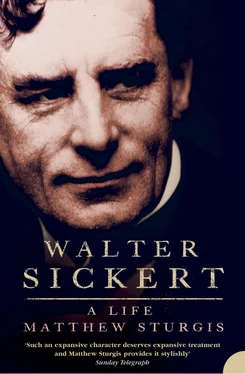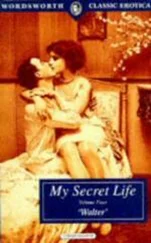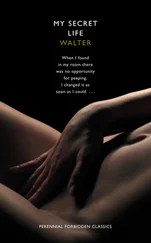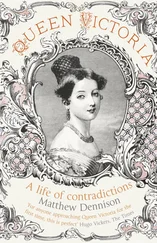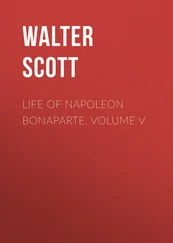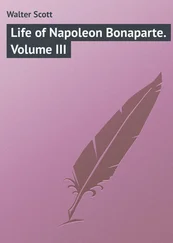Sickert was amazed to discover the high regard in which Keene was held by the French Impressionists, several of whom, he learnt, preserved collections of his work cut from the pages of Punch ‘as models of style’. 75 To them, he was ‘the first of the moderns’. 76 Fascinated by his command of chiaroscuro, they regarded him as a fellow ‘painter’, rather than as a draughtsman. 77 They were as interested in his backgrounds as his figures, praising his depiction of landscape – ‘his snowy streets, his seascapes, his bits of country life’ – as ‘unequalled’. 78 Monet and Sisley, Sickert was told, derived their handling of trees in sunlight directly from Keene’s drawings of the ‘rampant foliage’ of London squares and country gardens. 79 Keene saw things ‘never seen before’; he observed the reflected lights in the shadows and depicted them in lines drawn with diluted ink. 80 These revelations reinforced Sickert’s appreciation of his hero, and reinforced, too, his understanding of the dynamic relation between drawing and painting.
It was a relationship that Sickert could trace in Degas’ own work. He drank in all that was on view: the ballet scenes, the studies of millinery shops, the figure drawings. There were points of contact with Whistler’s art – the engagement with scenes of modern urban life, the fascination with low tone – but there was also the hint of something new: the unconscious drama of people in interiors, the conscious drama of the popular stage, the effects of artificial light, and the sense of pictures not conjured out of paint but built up, planned, and composed in stages from drawings and studies. The full significance of such differences was not at once apparent to Sickert. For the moment it was enough to know that he liked Degas’ pictures, and that Degas seemed to like him.
The trip to Paris gave Sickert a broadening sense of French art, and of the Impressionists. 81 This process of education continued back in England. Durand-Ruel held another exhibition in London that spring, 82 and Whistler began having sittings from Théodore Duret, a successful wine merchant who was also the champion and friend of the Impressionists. Sickert worked alongside Whistler, producing his own small portrait sketch of the bearded Duret, and learning more of Manet, Degas, and their contemporaries. 83
Through much of 1883, Ellen continued to be troubled by her ailments. Her younger sister, Annie, had already beaten her to the registry office (marrying T. J. Sanderson, a reluctant lawyer, would-be bookbinder, and disciple of William Morris), 84 and it was becoming increasingly clear that her own wedding, planned for that summer, would have to be postponed. Ellen did not join Walter and the rest of his family for a late holiday at St Ives.
Thanks to the arrival of the railway, the little Cornish fishing village was already becoming a magnet for artists and holidaymakers. Amongst the families on the beach that year was Leslie Stephen with his wife, young son, and two daughters – Virginia and Vanessa. Although Sickert thought Mr Stephen looked enormously ‘impressive’ and Mrs Stephen quite ‘superb’, he did not attempt to make their acquaintance. 85 It was the real life of the place that drew his attention rather than its artistic and holiday existence. He assumed a jersey and top boots and ‘completely won over’ the local fishermen, ‘fascinating them with his kindly bonhomie’. 86
He did, nevertheless, do some pictures, amongst them a charming little panel of some children sitting on the beach, which in its lightness and brightness – as well as its novel accent upon the figures – perhaps owed something to his recent Parisian discoveries. (Sickert gave the picture to his housekeeper at Markham Square, to show her that he was not completely wedded to the tones of what she called ‘London Mud’.) 87 To be out sketching on the beach was to be amongst fellow artists, and Sickert found himself engaged in conversation with a young painter called Alberto Ludovici. Ludovici was the son of a well-known artist of the same name, and, although still only in his twenties, he had been drawn into the art establishment. Already he was a member of the Society of British Artists, a prestigious if rather stuffy group and a would-be nursery to the Royal Academy, of which his father was treasurer. Young Ludovici was interested to meet a pupil of the infamous Whistler, while Sickert was intrigued to meet a man so well connected to the art institutions of the capital. They parted in the expectation of seeing each other again in London. 88
At the end of the summer, when the holiday visitors returned to town, Sickert stayed on and was joined by Whistler and Menpes for a winter painting tour. They all lodged with an old lady in Barnoon Terrace, overlooking the harbour. The rooms – in the universal style of seaside boarding houses – were crowded with overstuffed chairs and ‘aggressive’ ornaments. But even these aesthetic affronts were unable to quash Whistler’s enthusiasm for St Ives, for the seascapes, the boats, and the fishermen. The gentle pace of the holiday season evaporated at once. Whistler had to complete a series of pictures for a planned exhibition early in the New Year at Dowdeswell’s Gallery in Bond Street. He was up at dawn each morning eager for work, delivering ‘reproaches, instructions, taunts and commands’ to his tardy followers. Sickert would often be roused by the noise of Whistler outside his room complaining, ‘Walter, you are in a condition of drivel. There you are, sleeping away your very life! What’s it all about.’ The tone of these complaints became sharper during the course of the stay. Whistler was considerably put out to discover that Sickert was already a favoured personage about the little town and that the fishermen all received him as a ‘a pal’ – indeed presented him, almost daily, with fish from their catch. Sickert gave these trophies to the landlady and as a consequence she, too, held him in very high favour. Whistler, with an irritation that was not completely put on, considered this to be an inversion of the proper order of things. He complained peevishly to Menpes that, as the Master, he – rather than Sickert – should be the recipient of any gifts. Menpes did his best to console him, explaining, not entirely accurately, that Sickert had visited St Ives in his acting days and had a long-established connection with the fishermen of the place. 89
Despite these minor ructions, a daily routine was established. The three men would set off to paint each morning (after a cooked breakfast – often of fish provided by Sickert), armed with their pochade boxes, their grey-tinted panels, and walking canes. Many of the other artists they encountered could not believe that they intended to do serious work with so little equipment. Most of the painters who gravitated to St Ives during the 1880s were inspired by a strain of realism that they saw as being derived from Courbet and his disciple Bastien-Lepage. While Whistler and his pupils worked on a tiny scale, capturing fugitive impressions of land and sea, they sought to record the scenes and settings of contemporary rural life by painting large, often highly detailed pictures direct from nature. It was a taxing business for the local peasantry who had to ‘pose’ for these scenes, and for the artists who had to work long hours in the open air. Sickert delighted in the memory of one artist who required four fishermen to hold down his easel and canvas with ropes while he worked away in a howling gale. 90
While Menpes stuck close to Whistler, Sickert ‘almost invariably went off by himself’ for most of the day. But this apparent independence of spirit was tempered by the fact that the paintings he made – ‘sometimes five or six a day’ – were thoroughly Whistlerian in approach and execution. 91 Sickert remained in awe of his master’s handling of the Cornish scenes. Indeed he came to regard Whistler’s pochades – done from life or immediate memory – as his real masterpieces: ‘No sign of effort, with immense result.’ It was, Sickert recognized, ‘the admirable preliminary order of his mind, the perfect peace at which his art was with itself, that enabled him to aim at and bring down quarry which, to anyone else, would have seemed intangible and altogether elusive’. 92 At times, Whistler seemed almost able to command nature. A wave that he was painting appeared to Sickert to ‘hang, dog’s eared for him, for an incredible duration of seconds, while the foam creamed and curled under his brush’. 93 Sickert strove to achieve the same mastery, and Whistler encouraged his efforts, giving him a ‘minute nocturne in watercolour’ that he painted as a demonstration piece from a scene they had all studied together. 94
Читать дальше
